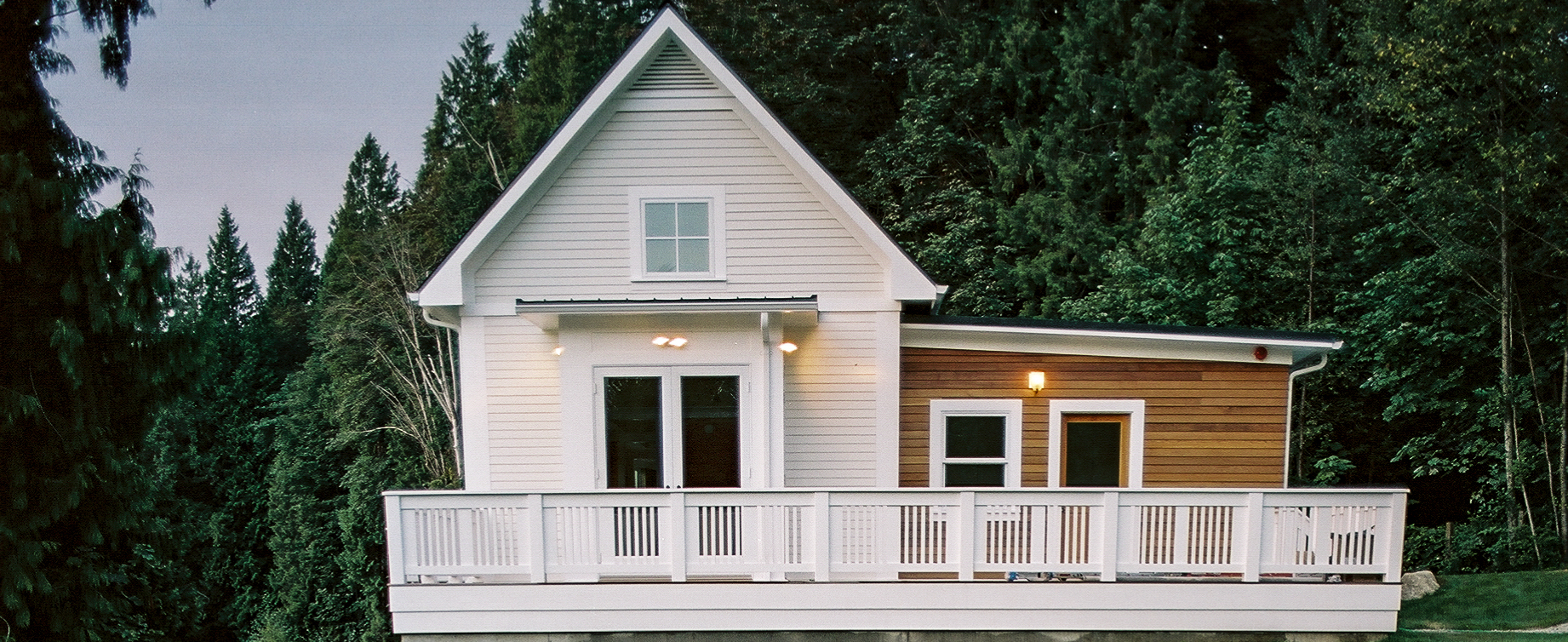A prospective client recently asked how long it would take to get a new house built. It’s a good question, and often asked, so I thought I’d turn my answer into a blog post.
Short answer? Typically, going from first finding and closing on a suitable lot to moving in to the completed, newly built custom house on that lot takes a little over two years. (It can be less, or more, but I’ll start with typical and then talk about how it can be done faster and what can slow it down.)
Here’s a timeline:
Figure a couple months for site acquisition and documentation. After you close on the property you need to get at least a topographic and boundary survey. If the site has a stream or wetland you’ll need a wetland biologist to mark the edges of the wetland or stream. If there is a steep slope I recommend having a geotechnical engineer in to do a preliminary analysis. Much of this work can overlap, so I’m allowing a month here. I have great people I can recommend to do this work.
The design process itself, for a new custom home, typically takes about a year. (For a description of the process, see this page on my website.) The design process is variable, in terms of timing. It depends a lot on an owner’s decision-making style, the complexity of the program, the flexibility of the owner in terms of how that program is implemented, whether the site requires additional permitting (if it has a steep slope, or a stream or wetlands for example), and to some extent on the architect’s schedule. My personal preference is to take on a limited number of projects so that I have the capacity to work as fast as my clients will allow. Still, the documentation required for a new construction project is fairly extensive, and requires coordination with other consultants with their own schedules, so it’s reasonable to assume at least four months from the completion of Preliminary Design to being ready for permit submittal. Ideally I like to have the contractor doing a ballpark price on the Preliminary Design before proceeding with the Permit Set.
In Seattle, availability of a contractor is a huge driver of when construction begins. I recommend making connections with a contractor at the start of the project, and working with them throughout. That way they are committed to the project and you can tailor start of construction (and the rest of the process) to their schedule. I recommend several great contractors here.
Bank financing can add 90 days or so to the process, because a bank wants to see the completed construction documentation in order to do an appraisal. Depends a bit on the bank—sometimes a permit set with outline specifications is sufficient. Often this part of the process can overlap with permit processing, so you don’t lose time. The other option is to start the project with a HELOC. I’m not a banker or a financial advisor, but I know people who can help with this part of the puzzle.
Currently, permit processing in Seattle on a straightforward permit is running about six months, though that doesn’t have as big of an impact on the overall timing as you might expect. It takes about four months from the permit application submittal to get the first corrections notice. (Corrections = feedback about the project from the permit reviewers), and then the applicant (the architect, usually) responds by making requested changes which takes a couple weeks, and then it takes another few weeks to get a response back from reviewers, so say six months total. Before you submit your permit application you need to apply for an intake date (at which time you electronically submit the permit drawings). Those are running about three months out. Luckily you can apply for an intake date before you’re actually ready, so that part of the process doesn’t affect the overall timing either. Likewise, the drawings and specifications required for the permit are fewer and less comprehensive than the drawings and specifications needed for construction, so some of that design/documentation work can take place while the permit is being processed.
Once you have a permit, construction of a new house takes about a year from the day the contractor starts until you can move in. In my experience there’s not a lot you can do to speed that up. It’s mostly about the critical path of a sequence of businesses (Excavator, concrete sub, framers, electrician, plumber and mechanical for rough-in, insulation, drywallers, siders, window installers, cabinetmakers, finish carpenters, tilers, flooring installers, painters, electrician, plumber and mechanical back to install fixtures, landscapers, etc…) that need to cycle through in a particular order to get things done. Prefab offers some interesting possibilities, but so far it has not fulfilled its promise of being faster on custom houses.


